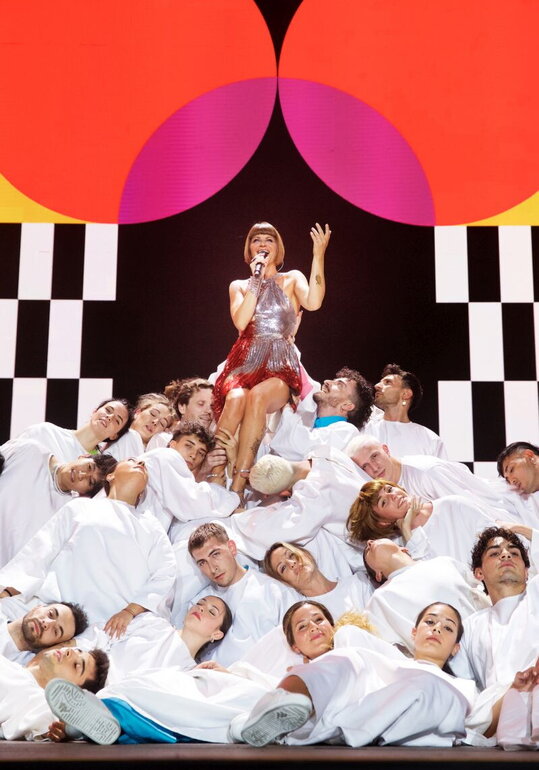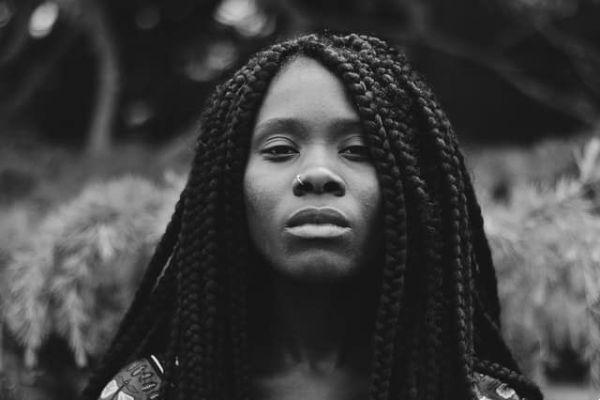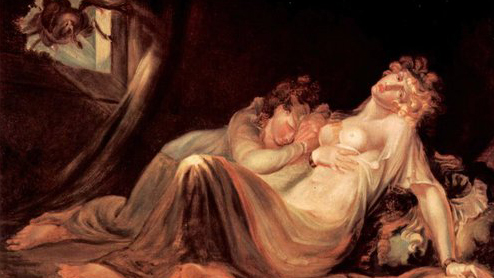Have you ever heard the expression “feminism”? It could have been on television, in a book, in a conversation with your group of friends, or even in an internet publication. With the popularization of social networks as a tool for information and dissemination of social movements, “feminism” is a word that is increasingly present in our daily lives.
If you don't know what that word means, there's no reason to be ashamed. It's never too late to learn! To catch up on social movements taking place in the world and to stay on top of everything that is discussed in the public sphere, abandon common sense and develop a critical opinion about feminism, female empowerment and sisterhood. Check out!
What is feminism?
Feminism is a western social movement that aims to promote equality between men and women in society, so that a person has the same opportunities and the same living conditions, regardless of gender.
Another important social movement, but still little discussed, is womanism. Unlike feminism, womanism is an African social movement that analyzes the gender and racial oppression that black women suffer, being even more comprehensive than feminism.
It is important to point out that, although it is very pointed out in many virtual discussions, there is no type of “feminist” movement, which would place women as superior to men. There is no social movement that aims to be the opposite of machismo, which guarantees that men are superior to women in every way.
As the focus of the article is feminism, below you will understand the origins of this movement, how it manifests itself in España, the main strands of feminism and how to further expand your knowledge. Update!

Origin of the feminist movement
Feminism as a social movement, as we know it today, is a recent manifestation. However, since before the organization of the feminist movement, there were already women who discussed issues such as female empowerment and sisterhood. Because they do not integrate the movement properly, they are called protofeminists.
Cristina de Pisano is an example of a proto-feminist, as she denounced the differences in the relationship between genders in the books “O Livro da Cidade das Damas” (1405) and “Epístola ao Deus do Amor” (1401), even before feminism have been defined that way.
In the XNUMXth century, feminism was not yet a consolidated social movement, but it was possible to observe some ideas for the benefit of women, such as the defense of rights for them, at the time of the Enlightenment, when the valorization of reason prevailed to the detriment of religion.
Later, in the XNUMXth century, the feminist movement began to be organized and recognized. Until the beginning of the XNUMXth century, in this way, the first wave of feminism took place, in which women defended women's suffrage (the right of women to vote for their political representatives) and labor and educational rights for this gender.
Once women's right to vote was won, and many of them could already study and work, there was still a long way to go. Women were seen as citizens and society came to understand that they not only served to take care of children and the house, but also had the ability to study, learn and work. What needed improvement?
The second wave of the feminist movement began in the 1960s and ended in the 1980s, when feminism began to analyze the differences between women and men in cultural background, legislation, and the role they play in society. It was not enough to conquer rights, it was necessary for the population to change the way they saw women, so that they could exercise their own will without suffering retaliation.
The third feminist wave took place from the 1980s to the 2000s, as a way of repairing existing problems in society and to further study what should be achieved for women. To this day, there are still a lot of stereotypes about what a woman should be like, which indicates that the fight is not over.
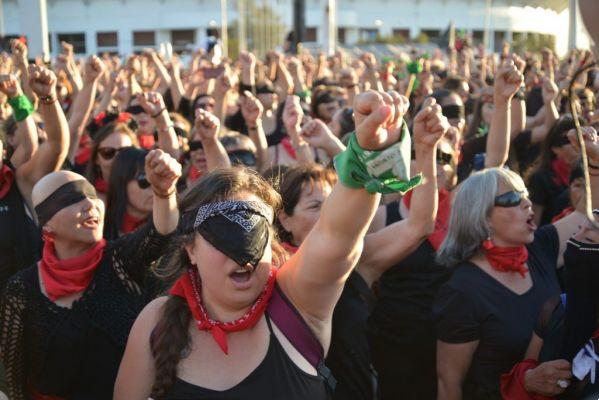
Feminist movement in Spain
In Spain, the feminist movement that developed in Europe began in the XNUMXth century. During the Empire, the struggles for women to be able to attend schools paid off, with the first school for girls in Rio Grande do Sul, directed by the writer Nísia Floresta Augusta.
In the following years, Nísia produced articles for newspapers and magazines talking about the importance of fighting inequalities between men and women in the country. In the First Republic, however, it was observed that differences also existed between white, indigenous and black women. While white women fought for the right to work, indigenous and black women had no option but to work, often in terrible conditions.
In 1916, a woman was still considered dependent on her husband, despite efforts to get her emancipated. Therefore, she could not divorce if she wanted to, and would need her husband's permission even to travel.
In 1917, however, this scenario began to change, when a General Strike took place. The Women's Republican Party was founded to fight for the right to vote for women in an incisive and organized way. It was only in 1932, after pressure from the feminist movement, that Spanish women were able to vote.
However, with the Vargas Era, in addition to the elections not having taken place, the idea that women were mothers and wives, exclusively, who took care of the house and children, was spread even further, contrary to what the feminist movement preached.
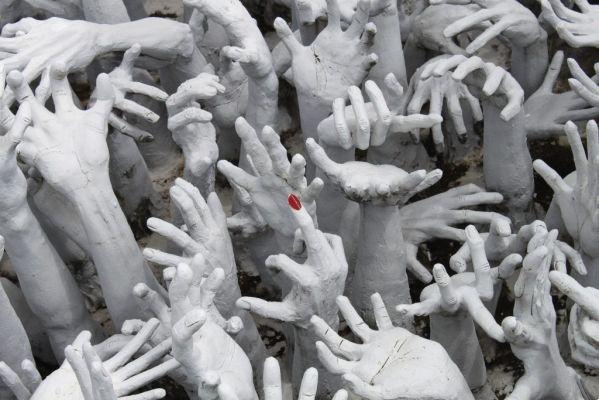
In 1951, after democracy was resumed, lawyers Romy Martins Medeiros da Fonseca and Orminda Ribeiro Bastos sent a bill to the National Congress that provided for the freedom of women in relation to their husbands. After ten years, the project was approved and the men stopped protecting their wives, before the law.
In the 1960s, while the whole world began to understand the sexual freedom that the contraceptive pill promoted, España faced the military dictatorship. Thus, the demonstrations around this issue could not happen in national territory.
In 1970, Therezinha Zerbini and other women created the Women's Movement for Amnesty, with the aim of freeing husbands and children who had been imprisoned by the dictatorial regime. From 1975, which was considered the International Year of Women, Spanish women began to meet more frequently to discuss issues such as female empowerment and sisterhood, as well as structural issues related to the female gender.
After the 1980s, women gained even more rights with the feminist movement. The obligation to occupy 30% of candidates to the legislature, guaranteeing political participation, and the creation of the Maria da Penha Law, as a way of protecting women victims of domestic violence, are examples of measures that have reduced inequality between men and women.
types of feminism
After understanding what feminism is and how it emerged in Spain and around the world, it's time to take a stand. As in many social movements, feminism has numerous theoretical strands, each of which defends the fight against inequality in a different way. Meet each of them!
black feminism
At the beginning of the feminist movement, both in the world and in Spain, the demonstrations for gender equality were limited to white, upper-middle-class and literate women, who had the possibility to study and recognized the oppression to which they were subjected.
In the 1980s, black women realized that the feminism that took over the world did not encompass the racial issues that affected them. As women are not equal, the oppressions they suffer are also different, but not all feminists were aware of this.
So, black feminism developed as a way to fight sexism and racism, raising issues such as the genocide of the black population and religious intolerance, with religions of African origin.
Or intersectional feminism
Intersectional feminism aims to bridge the gap between the struggle of white women and the struggle of women who are part of a social minority. It is a movement that seeks to fight oppression, inequalities of class, race and sexuality.
Thus, black feminism, lesbian feminism and transfeminism are part of intersectional feminism, which is the most comprehensive and inclusive. In addition, this is the aspect that is more open to the integration of men into the movement, seeing them as people who can deconstruct themselves and help in the struggle.
radical feminism
According to radical feminism, the oppression of women stems from the assignment of gender roles to men and women from birth. Inequality develops, according to the theory, from the moment a woman learns that she must be gentle, delicate and submissive, while a man must be strong, powerful and virile.
What lies at the heart of radical feminism is biology. If a person is born with a vagina, he will automatically be oppressed, because the role of a woman will be imposed on him. If a person is born with a penis, on the other hand, he will be an oppressor, learning what role he must play in society.
There are some problems surrounding radical feminism, such as the lack of inclusion of transgender people in the TERF (feminists who exclude transgender people) strand. According to this theory, a man cannot identify as a woman and a woman cannot identify as a man, because the concept of gender represents a form of oppression, not an identity.
liberal feminism
Liberal feminism defends the idea that inequalities between men and women exist because the laws are unequal. So, to overcome this difference, it would be necessary to promote political and legal reform.
If women occupied more political positions and took charge of the public sphere, they would have more space in society and could propagate their values and ideas, reducing gender inequality.
Fighting for equal pay for men and women, incorporating men into the feminist movement and voting for women representatives for public office are principles that guide liberal feminism.
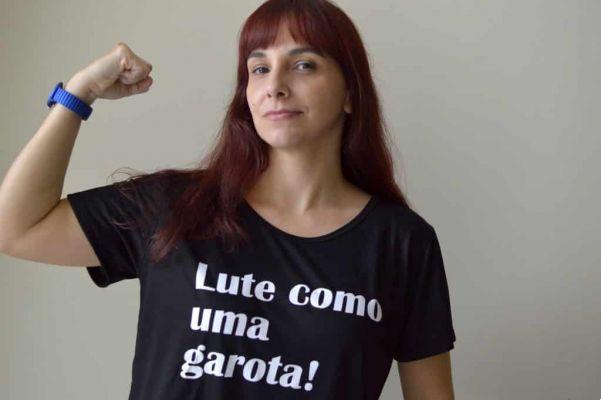
feminist symbols
If you already know which aspect you most identify with, first of all you need to study more about each of them. And to be inspired to do this, you can meet the women who are feminist symbols, and who have developed essential studies to combat patriarchy and machismo. Know who they are!
Angela Davis is one of the leading scholars of black feminism. She is a feminist symbol for defending the importance of fighting the double oppression that black women suffer.
At España, Djamila Ribeiro is a scholar who does work similar to Davis. In a series of books, she explains what feminism is, what black feminism is and how to be anti-racist, for example.
Frida Kahlo was a Mexican plastic artist and a woman with a disability who stands out for having faced conservatism through art and the manifestation of beliefs and ideas. Unfortunately, pop culture tends to exhaustively represent her exclusively as a feminist symbol, but she was also important in the fight against capitalism.
Simone de Beauvoir was a theoretician of paramount importance for the development of feminism. Her phrase “Nobody is born a woman, becomes a woman”, a symbol of feminism and the fight against male oppression.
You may also like
- Understand the role of men in feminism
- Learn what empowerment is and regain your strength
- Know what the term “sorority” means and make a difference
There are many women who have acted and act in the fight against patriarchy, but there are still other feminist symbols that are not necessarily people. A clenched fist raised inside a mirror of Venus, for example, is a replicated image to represent female struggle.
Another feminist symbol is the figure of a woman in a denim shirt and bandana lifting the sleeve of her blouse, as if showing the strength of her arm. It is a well-known image and used to talk about the strength of women, in a metaphorical sense.

Books to understand feminism
To go beyond feminist symbols and the superficial definitions of each strand of the movement, it is important that you explore theories that have already been circulated in books. From them you will have access to the studies that base the movement, having a more qualified base to fight for your rights! Check out the list below!
1) “Feminism — Perversion and Subversion”, by Ana Caroline Campagnolo.
2) “The Second Sex”, by Simone de Beauvoir.
3) “Women, Race and Class”, by Angela Davis.
4) “Who is afraid of black feminism?”, by Djamila Ribeiro.
5) “The beauty myth”, by Naomi Wolf.
6) “Gender Problems”, by Judith Butler.
7) “Feminism is for everyone” by Bell Hooks.
8) “Má feminista”, the Roxane Gay.
9) “Sexual politics”, by Kate Millett.
10) “A roof all yours”, by Virginia Woolf.
Be aware that the fight for the end of patriarchy is constant and that there is still a long way to go, but with unity, hope and determination, we can still achieve more than we already have!





